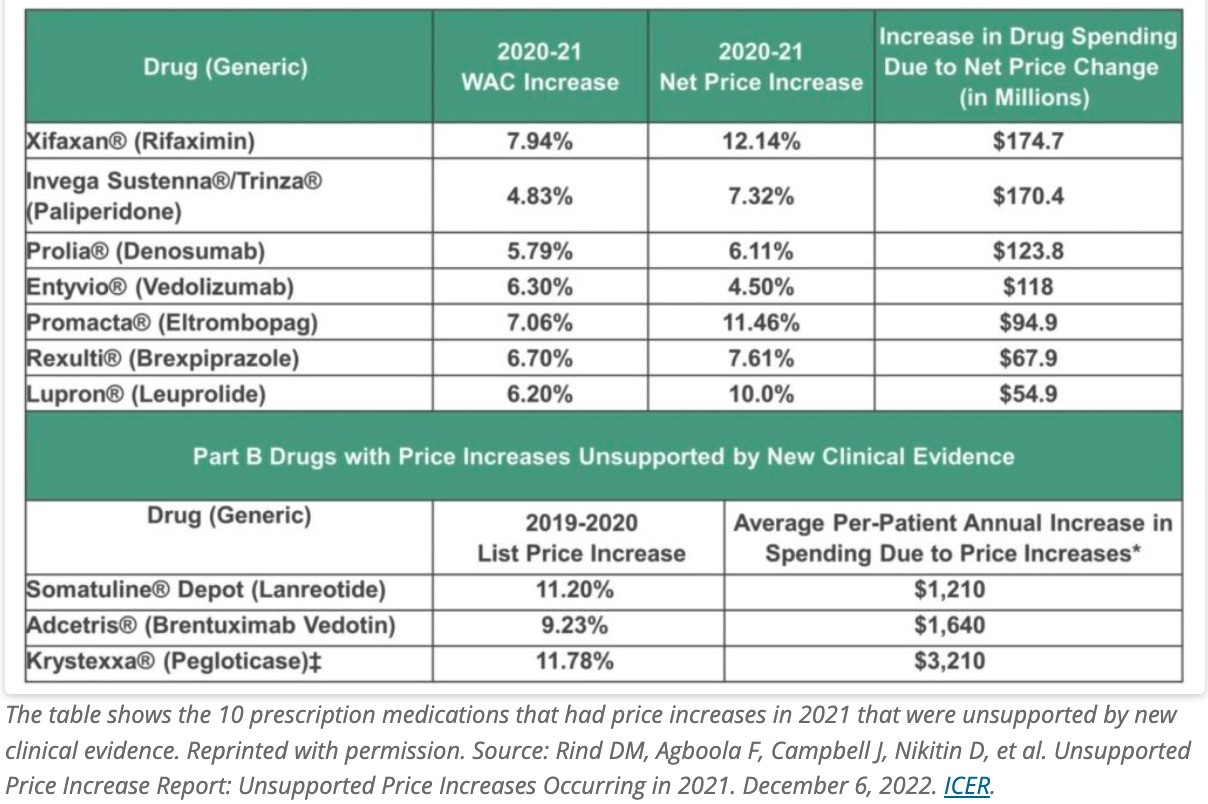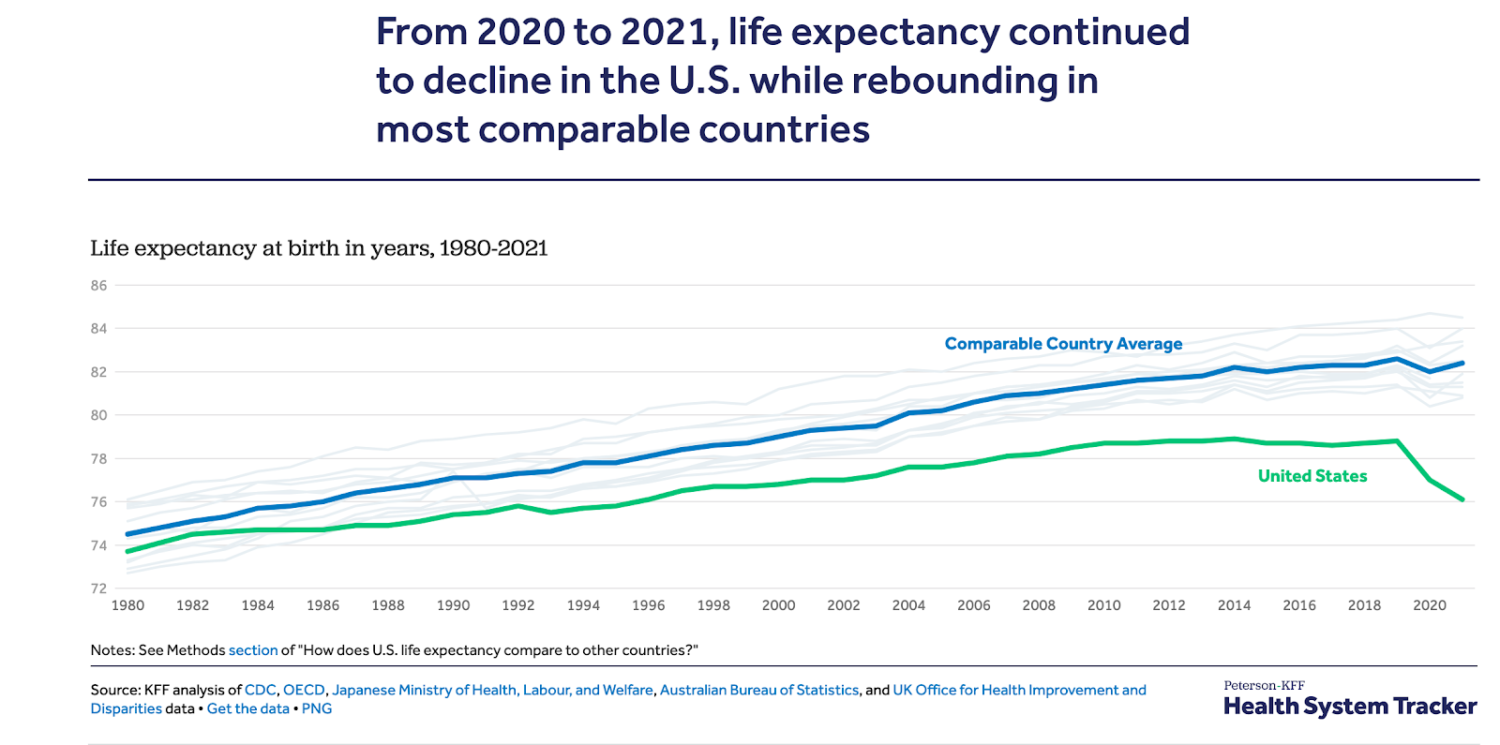The House committee that has been investigating the Jan. 6, 2021, insurrection arrives at its big moment today as it ends its investigation and sets the stage for its final report, which may include criminal referrals, on Wednesday. Such referrals are more or less recommendations to the Justice Department, which is conducting its own investigation.
The key question, of course, is whether the committee will refer a criminal complaint against former President Donald Trump. Such a referral likely would revolve around charges of insurrection, obstruction of an official proceeding and/or conspiracy to defraud the federal government. In addition to Trump, other possible referrals could involve former White House chief of staff Mark Meadows, former Justice Department official Jeffrey Clark and Trump’s former lawyer Rudy Giuliani.
Vox explains that a criminal referral carries no legal weight, as an indictment would, for example.
It will be the committee, in effect, passing the baton to the Justice Department to do what it will with its information and its recommendations. In particular, it will be up to Jack Smith, the career prosecutor appointed in November to be special counsel for the federal government’s investigations of Trump. Smith recently issued subpoenas to government officials in all seven states that were targeted by Trump allies in an effort to overturn the election, as his far less public investigation has been moving forward.
A criminal referral is really just a recommendation from the committee to the Justice Department that it should prosecute individuals whom the committee believes have committed crimes. It doesn’t mean they will — it’s not binding and has no legal effect. The committee has no authority to punish anyone otherwise.
The referrals will add public pressure to the DOJ to act, and increase scrutiny of its decisions. The committee has compiled evidence it will say backs up the referrals and that evidence will be public, both in the committee’s report and the depositions the committee took during its investigation. Smith was appointed to carry out the Justice Department’s investigation in a way that is supposed to be insulated from politics. The result is that Smith’s team is almost certain to view the committee’s evidence as more useful than its recommendations.
However, it could have a real effect on public perception. The committee’s hearing will be nationally televised, and it’s not every day a congressional committee recommends that someone face criminal prosecution in the full spotlight of the national media.
Also, the trial of five members of the Proud Boys begins. That trial takes place in a federal court building that is nearly in sight of where the House committee will be finishing its work today.
A sign of the times: car repossessions increasing
During the pandemic, auto repossessions dropped. Perhaps it was because federal stimulus checks allowed people to make their auto payments. But whatever the reason, reposessions are back to pre-pandemic levels.
NBC News reported that the shear cost of a vehicle now makes car payments a bigger burden:
Industry analysts worry the trend is only going to continue into 2023 with economists expecting unemployment to rise, inflation to remain relatively high and household savings set to dwindle. At the same time, a growing number of consumers are having to stretch their budgets to afford a vehicle; the average monthly payment for a new car is up 26% since 2019 to $718 a month, and nearly one in six new car buyers is spending more than $1,000 a month on vehicles. Other costs associated with owning a car have also shot up, including insurance, gas and repairs.
“These repossessions are occurring on people who could afford that $500 or $600 a month payment two years ago, but now everything else in their life is more expensive,” said Ivan Drury, director of insights at car buying website Edmunds. “That’s where we’re starting to see the repossessions happen because it’s just everything else starting to pin you down.”
It’s an issue that’s raised concern among officials at the Consumer Financial Protection Bureau, who say they are seeing troubling signs in the auto market, particularly among so-called subprime borrowers, who have below-average credit scores, and those with loans taken out in 2021 and 2022 when auto prices were particularly high.“Loans taken out in those years are performing worse than prior years just because those consumers had to finance cars once the supply chains were jammed and the prices started to go up,” said Ryan Kelly, acting auto finance program manager for the CFPB.
Reporters shedding light on some drug prices are rising for no apparent reason
The Association of Health Care Journalists is showing its value to us all again with an exploration of how reporters are exposing unjustified price increases. Here are a few passages from the post:
Last year, the makers of seven widely used prescription drugs raised prices substantially without any new clinical evidence to justify the increases, Ed Silverman reported at STAT News last week.
Silverman based his reporting on an analysis from the independent nonprofit Institute for Clinical and Economic Review (ICER) that analyzes evidence on the effectiveness and value of drugs and other medical services. ICER released that report, “Unsupported Price Increases (UPI) of prescription drugs in the United States,” on Tuesday, Dec. 6.
Americans spend more on prescription drugs than anyone else in the world, as Robert Langreth reported for Bloomberg in July. The average costs of these drugs are about $1,300 per person per year, and the median launch price of a new drug in the United States last year was $180,000 for a year’s supply, he added.
About one out of 18 people get wrong emergency room diagnosis
A new Health and Human Services report says about 130 million people who go to U.S. emergency rooms each year get the wrong diagnosis, and the consequences can be harmful. That means each emergency room in America, on average, would make about 1,400 diagnostic errors per year. (That is just an illustration. Some hospitals have exponentially more ER visits and may also have significantly more complex cases than smaller rural hospitals.)
But as unsettling as the number may be, it is not higher than what you can expect in some other medical settings. The study says:
This translates to about 1 in 18 ED patients receiving an incorrect diagnosis, 1 in 50 suffering an adverse event, and 1 in 350 suffering permanent disability or death. These rates are comparable to those seen in primary care and hospital inpatient care.
Some conditions are misdiagnosed at a higher rate including:
- Stroke (missed 17% of the time)
- myocardial infarction
- aortic aneurysm/dissection
- spinal cord compression/injury
- venous thromboembolism
Female sex and non-White race were often associated with important (20–30%) increases in misdiagnosis risk; although these disparities were inconsistently demonstrated across studies, being a woman or a racial or ethnic minority was generally not found to be “protective” against misdiagnosis (i.e., was neutral at best).
The study raises the question of why so many diagnoses are wrong, and the answer is, in part, found in the fact that many times, a patient’s symptoms are unusual, mild or that there also could be something else going on with the patient that makes a diagnosis difficult.
And, although the study does not say this, I wonder if sometimes we expect too much from our health care providers. I suppose if they ordered more and more tests and exams, they could zero in even further on what is wrong with the patient, but then there is the matter of cost and insurance coverage for such testing.
Read more: CNN, Kaiser Health News, CBS News
U.S.life expectancy not keeping up with other countries
In 1980, the U.S. life expectancy was about the same as other developed Western countries. But we are on a steady decline compared to others and COVID made the divide even bigger.
The Kaiser Family Foundation says:
The COVID-19 pandemic has increased mortality and premature death rates in the U.S. by more than it did in most peer countries, widening a gap that already existed before the pandemic. We find life expectancy in the U.S. fell by 2.7 years from 2019 to 2021, whereas in peer countries’ life expectancies fell by an average of just 0.2 years in this period. COVID-19 has erased two decades of life expectancy growth in the U.S., whereas the average life expectancy for comparable countries has decreased only marginally, to 2018 levels.
The CDC estimates life expectancy at birth in the U.S. decreased to 76.1 years in 2021, down 2.7 years from 78.8 years in 2019 and down 0.9 years from 2020. The average life expectancy at birth among comparable countries was 82.4 years in 2021, down 0.2 years from 2019 and up 0.4 years from 2020.
As the great philosopher Ferris Bueller said, “Life comes at you pretty fast. If you don’t stop and look around once in a while, you might miss it.”









